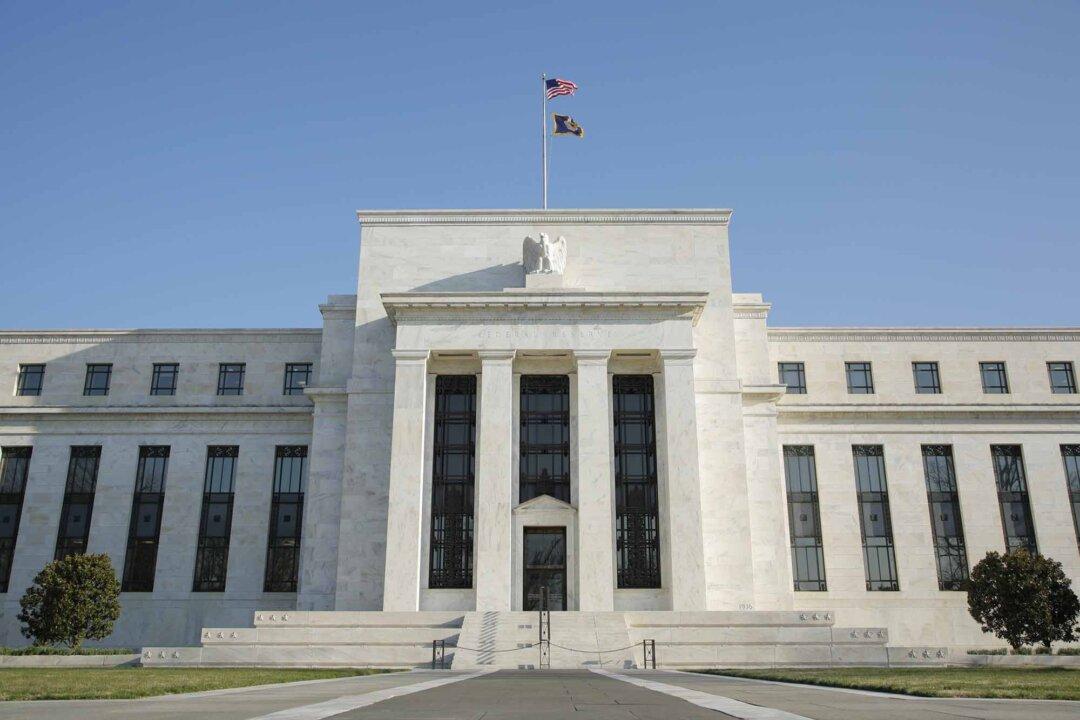The top U.S. banks all passed the Federal Reserve’s annual stress test, which is closely watched by the financial industry, which brought much relief to investors.
The 23 financial institutions subject to the Fed’s annual bank stress test were expected to pass with little issue.





